Travel photography should capture the magic of your adventures, yet common mistakes can turn those precious moments into disappointing shots. Whether you’re snapping pics with your phone or carrying a fancy camera, certain errors can make your vacation photos look amateurish rather than amazing.
Everyone wants to come home with photos that tell their travel story perfectly. Here is a list of 15 travel photo mistakes that can ruin your memories and leave you wishing you’d done things differently.
Forgetting to Check Your Camera Settings
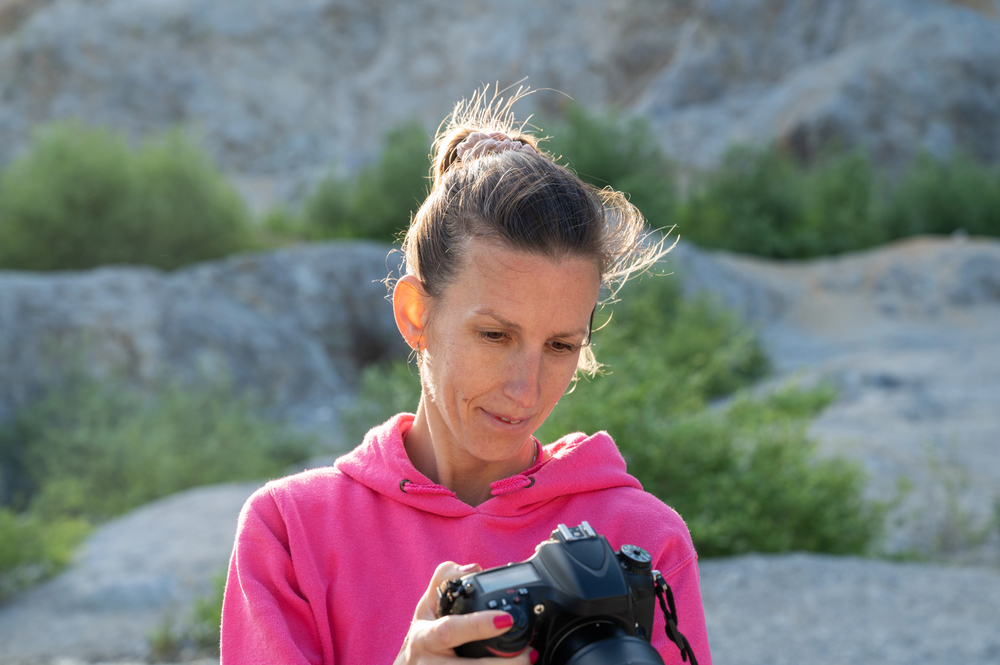
Your camera might still be set from that indoor dinner party last week, and now you’re shooting beach scenes with completely wrong settings. Auto mode sometimes works, but it often fails when lighting conditions change dramatically during travel. Taking a few seconds to adjust your ISO, aperture, and shutter speed can mean the difference between a stunning sunset shot and a blurry disappointment. Think of your camera settings like tuning a guitar; you wouldn’t play a concert without checking if everything sounds right first.
Taking Photos Only in Harsh Midday Sun
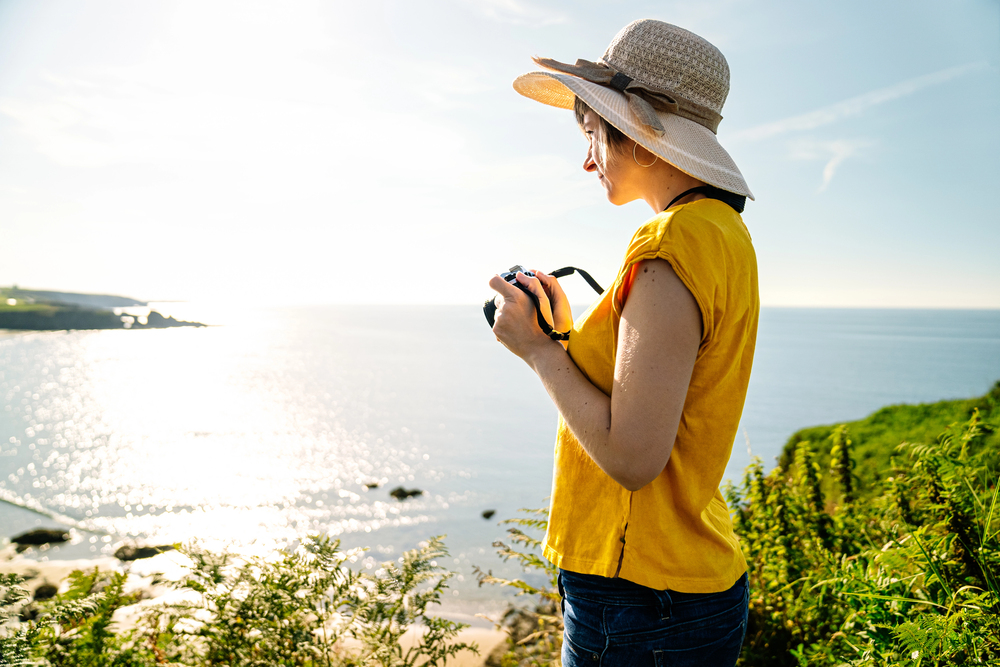
The sun directly overhead creates unflattering shadows under people’s eyes while washing out colors in landscapes. Midday light is like having a single bright bulb hanging right above your head — everything looks flat and harsh. Professional photographers call the hours around sunrise and sunset ‘golden hour’ because the light is soft and warm. Planning your photo sessions for early morning or late afternoon will give you that magical glow that makes vacation pics look professional.
Ignoring the Background
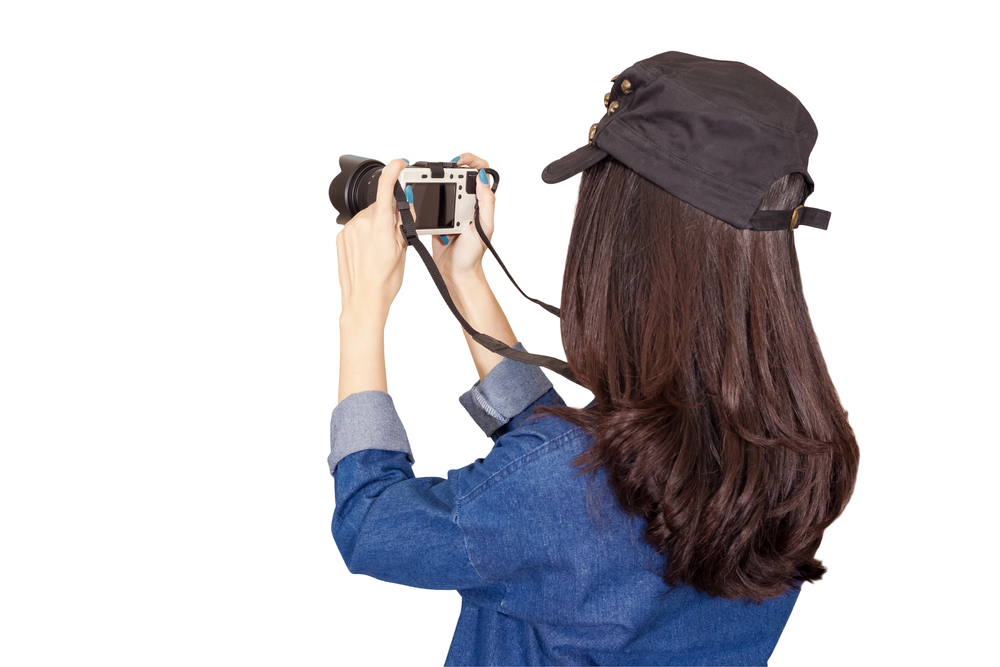
You focus so hard on getting your subject perfect that you don’t notice the trash can growing out of someone’s head — or the tourist photobombing your romantic moment. Backgrounds can make or break a photo, yet most people treat them as an afterthought. A cluttered or distracting background pulls attention away from what you want to show. Always scan the entire frame before pressing the shutter, like checking your rearview mirror before changing lanes.
Never Getting Close Enough
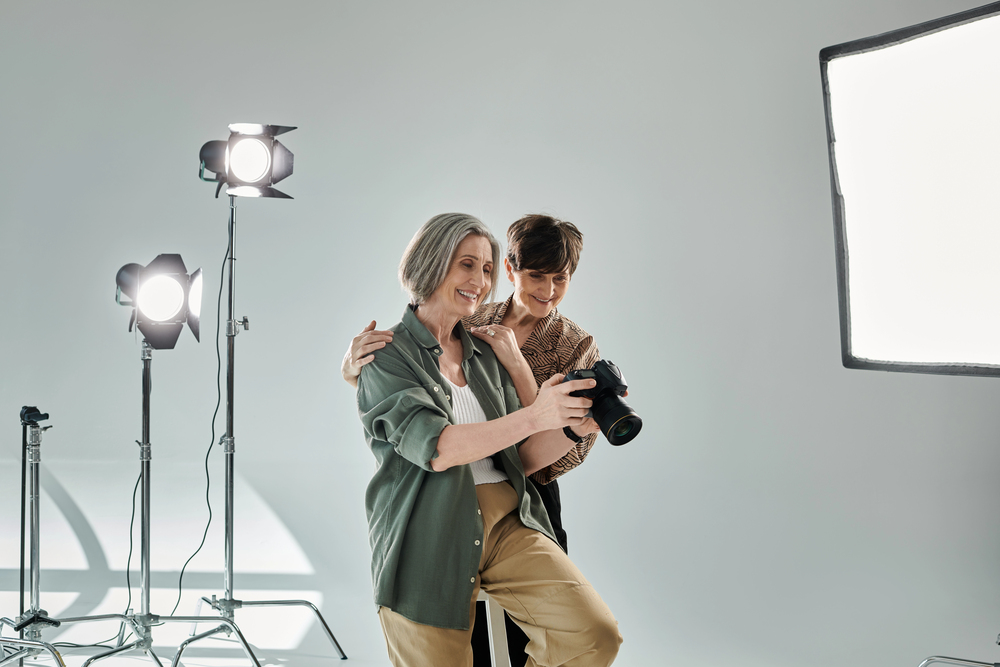
Standing too far away makes your subjects look tiny and insignificant in the frame. Many amateur photographers are afraid to get close, though filling the frame with your subject creates much more impactful images. This applies whether you’re photographing people, food, architecture, or wildlife — getting closer also helps eliminate distracting elements that would otherwise clutter your composition.
Centering Everything

Putting your subject smack in the middle of every photo creates boring, static compositions that look like passport photos. The rule of thirds exists for a good reason — it creates more dynamic and visually interesting images. Imagine your viewfinder divided into nine equal sections, like a tic-tac-toe grid, then place important elements along those lines or at their intersections. This simple technique instantly makes your photos look more professional and engaging.
Shooting Everything from Eye Level
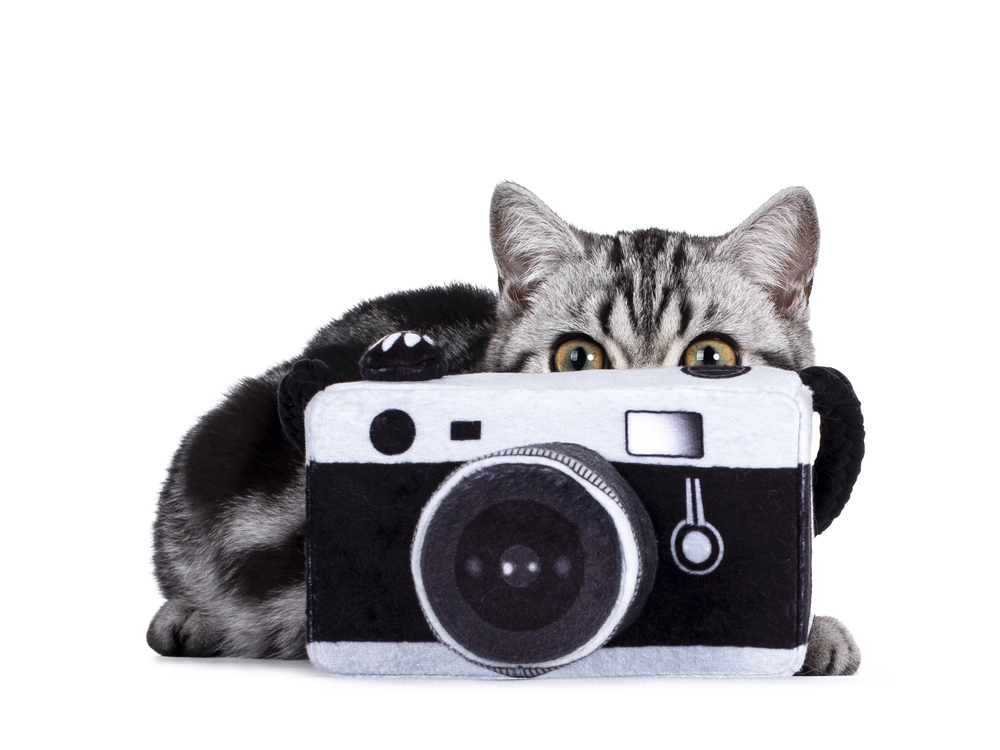
Taking every photo from your normal standing height makes all your images look the same. Predictable, really. Getting low and shooting upward can make subjects look more powerful and dramatic, while climbing higher and shooting down creates interesting patterns and perspectives you can’t see from ground level. Changing your angle is like changing your voice when telling a story — it adds variety and keeps things interesting.
Relying Too Much on Digital Zoom

Digital zoom basically just crops your photo and makes it pixelated, like enlarging a newspaper photo until you can see all the dots. Unlike optical zoom, which actually brings you closer, digital zoom degrades image quality significantly. Your legs are often the best zoom lens you have — physically moving closer almost always produces better results. If you can’t get closer, it’s better to take the wider shot and crop it later on your computer.
Forgetting About Battery Life
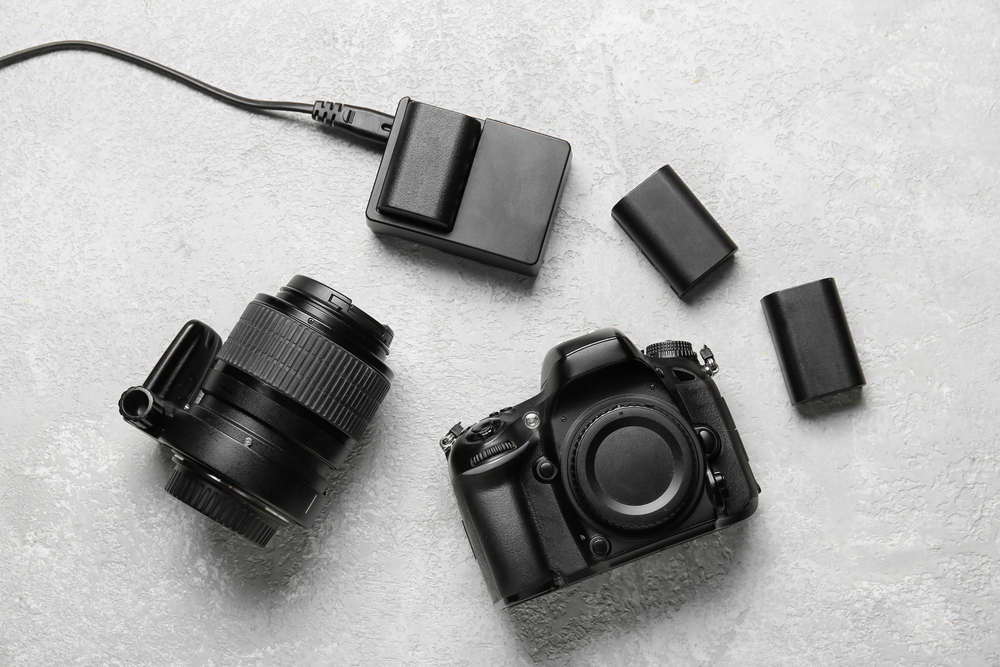
Nothing ruins a perfect photo opportunity like a dead camera battery, especially when you’re miles from the nearest charging station. Cold weather drains batteries faster, while taking lots of photos or using features like image stabilization can eat up power quickly. Carrying spare batteries or a portable charger is like bringing an umbrella — you hope you won’t need it, though you’ll be grateful when you do. Many phones also have power-saving modes that can extend battery life when you’re traveling.
Not Backing Up Your Photos

Losing all your travel photos because your memory card failed or your phone got stolen is absolutely heartbreaking. Memory cards can be corrupted. Phones can be dropped in water. Cameras can be lost or stolen anywhere in the world. Cloud storage, spare memory cards, or even emailing yourself your favorite shots can save you from disaster — think of photo backup like travel insurance, it seems unnecessary until something goes wrong.
Taking Only Wide Landscape Shots

While sweeping vistas are beautiful, they often fail to capture the intimate details that make a place special. The texture of ancient stone walls, the intricate patterns on local textiles — or the weathered hands of a street musician can tell stories that wide shots cannot. Detail shots add depth to your travel narrative and help viewers feel like they experienced the place alongside you. Mix wide establishing shots with close-up details to create a complete visual story.
Avoiding People in Your Photos
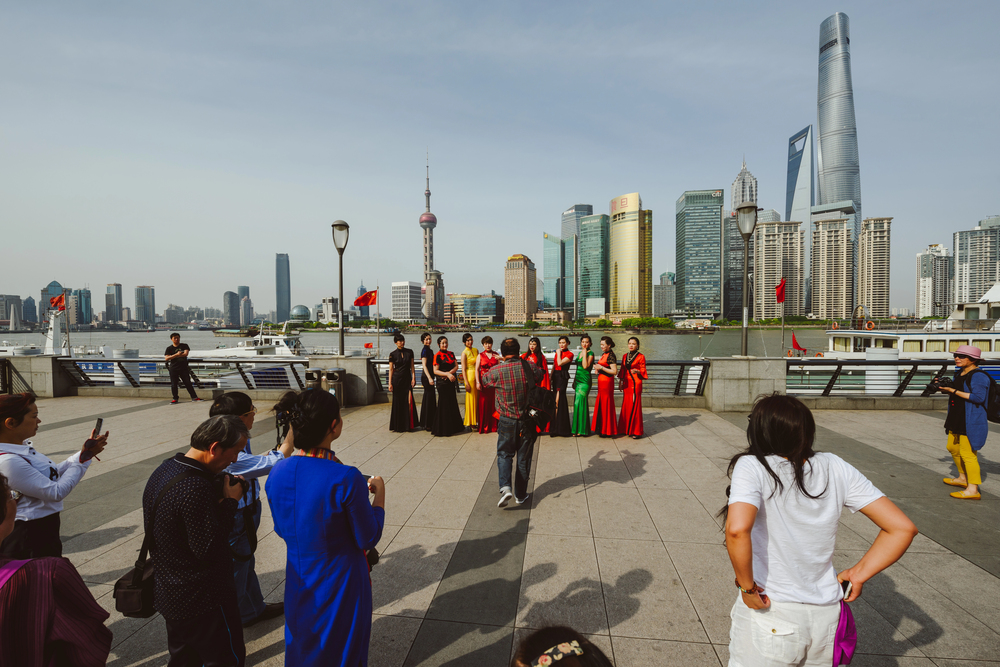
— Photo by Afotoeu
Empty landscapes might look clean, but they often feel lifeless and impersonal. Including local people in your shots adds scale, context, and human interest to your travel photos. People make photos relatable because viewers can imagine themselves in the scene. Obviously, be respectful and ask permission when appropriate, yet don’t be afraid to include the human element in your travel documentation.
Not Learning Basic Composition Rules

Composition rules like leading lines, symmetry, and framing exist because they naturally guide the viewer’s eye through your image. A winding path that leads to a distant mountain creates depth and draws people into your photo. Using architectural elements like doorways or windows to frame your subject adds layers to the composition. These techniques are like punctuation in writing. They help organize your visual message and make it easier to understand.
Shooting in Poor Weather Only to Complain
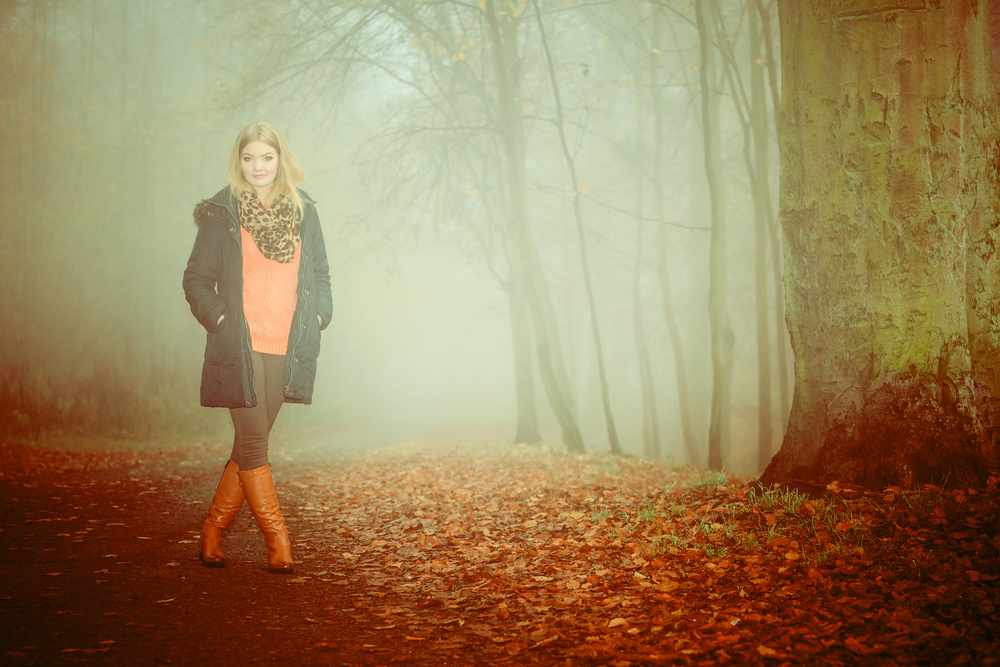
Rain, fog, and storms often create the most dramatic and memorable travel photos, yet many people pack away their cameras when the weather gets interesting. Overcast skies provide perfect soft lighting for portraits, and rain can add mood and atmosphere to street scenes. Fog rolling over mountains or waves crashing against cliffs during a storm can be far more compelling than the same scenes on a perfect sunny day. Weather is like seasoning in cooking. A little drama can make everything more flavorful.
Never Reviewing and Deleting Bad Shots
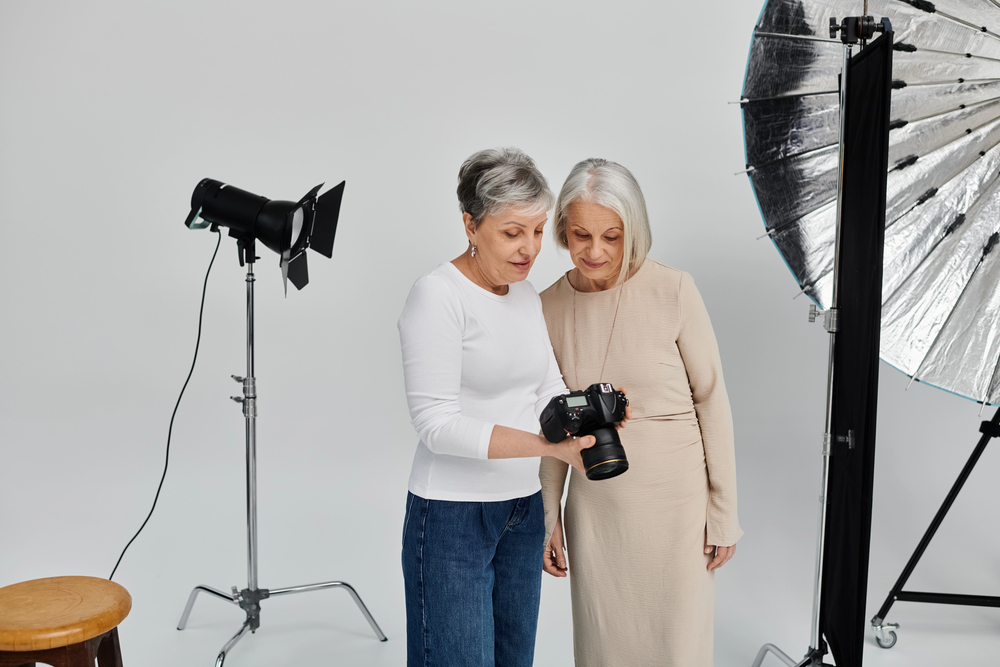
Taking hundreds of similar photos and never sorting through them means your best shots get buried in a sea of mediocre ones. Most people end up with cluttered photo libraries where finding the good pictures becomes impossible. Taking time each evening to review the day’s shots and delete the obvious failures helps you appreciate what you captured. This process also helps you learn from mistakes and improve your photography skills for the next day.
Forgetting to Enjoy the Moment

Getting so focused on capturing the perfect shot that you forget to experience the place defeats the entire purpose of travel photography. Sometimes the best memories come from putting the camera down and simply being present in an amazing moment. Photos should enhance your travel experience, not dominate it completely. The goal is to document your journey, not to view your entire trip through a viewfinder.
When Memory Meets Reality
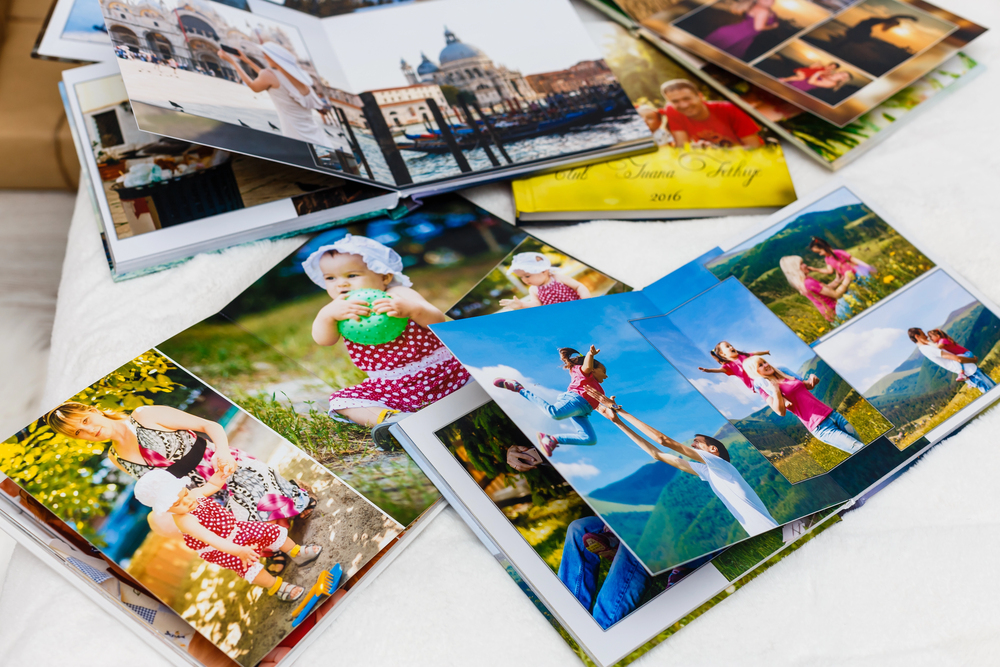
These photography mistakes have probably ruined more vacation memories than delayed flights and bad hotel food combined. The irony is that we take photos to preserve our experiences, though poor technique can diminish how we remember those special moments. Today’s digital cameras and smartphones are incredibly capable, but they still can’t replace the knowledge and intention behind the lens. Learning to avoid these common pitfalls means your travel photos will enhance your memories instead of disappointing you every time you look back through them. The best travel photos aren’t just technically perfect. They’re the ones that transport you back to exactly how a place made you feel.
More from Travel Pug

- 20 Best Beach Towns in the Carolinas
- 13 Destinations Where Tourists Regularly Regret Their Trip
- 20 Things You Actually Get in First Class
- 20 Small Airports With Aviation Museums
- 20 Places in the U.S. That Are Perfect for a Reset Trip
Like Travel Pug’s content? Follow us on MSN.
